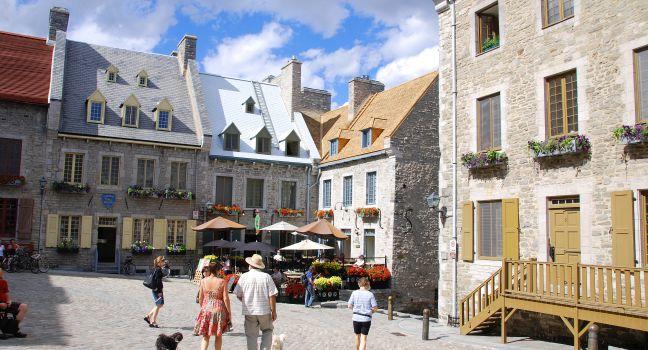Église Notre-Dame-des-Victoires
Welcome to the oldest stone church in North America! The fortress shape of the altar is no accident; this small, but beautiful stone church on Place Royale is linked to a bellicose past. Grateful French colonists named it in honor of the Virgin Mary, whom they credited with helping French forces defeat two British invasions: one in 1690 by Admiral William Phipps and the other by Sir Hovendon Walker in 1711. The church itself was built in 1688, making it the city's oldest—it has been restored twice since then. Several interesting paintings decorate the walls, and a model of Le Brezé, the boat that transported French soldiers to New France in 1664, hangs from the ceiling. The side chapel is dedicated to Ste. Geneviève, the patron saint of Paris.




